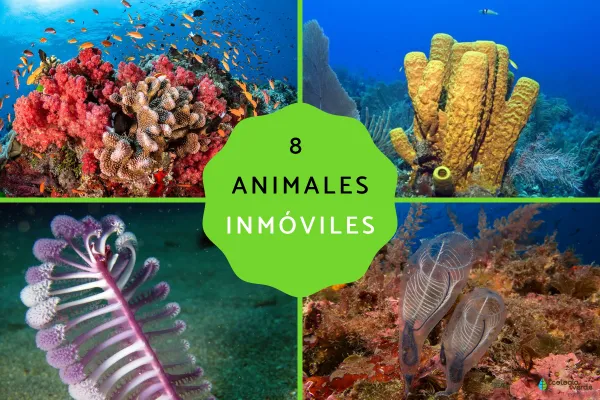While we often associate animals with movement and activity, not all animals need to move to survive. In fact, some species have evolved highly specialized survival strategies that allow them to remain fixed in place for their entire lives or at least for significant stages. These immobile or sessile animals thrive in aquatic environments where water currents help transport food and reproductive cells, eliminating the need for locomotion.
In this article, we’ll explore why some animals don’t move, how they adapt to their environment, and examples of such fascinating creatures.

Animals that don’t move—also known as sessile animals—typically inhabit aquatic or marine environments. These habitats provide favorable conditions for stationary life, as water currents naturally deliver food and facilitate reproduction.
Here are common characteristics of non-moving animals:
Filter feeding: They capture plankton and microscopic food particles from surrounding water.
External fertilization: Eggs and sperm are released into the water, where fertilization occurs externally.
Attachment structures: Many have disc-like holdfasts that anchor them to rocks, coral, ship hulls, docks, or the sea floor.
Low metabolism: They require minimal energy and nutrients to survive.
Evolutionary origin: Many sessile species belong to ancient animal lineages, meaning their body structures are less complex than mobile species, yet remarkably efficient for their lifestyle.
Let’s explore some remarkable examples of animals that don’t move.
Sea sponges are among the simplest multicellular animals. They mostly live in marine environments (a few are freshwater) and always stay anchored to hard surfaces like rocks or coral reefs.
They come in a variety of shapes—tubular, vase-shaped, spherical, or consisting of multiple tubes—and may be soft or rigid. Despite their simplicity, sponges have specialized cells but no true tissues or organs. They feed by filtering water through pores, using internal chambers lined with choanocytes to capture plankton and organic particles.
animal tags:
We created this article in conjunction with AI technology, then made sure it was fact-checked and edited by a Animals Top editor.